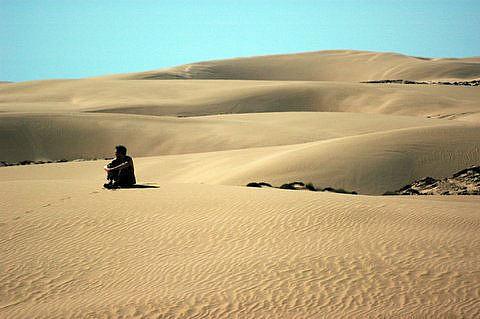For all the lonely people: The impact of social isolation on health

When I meet an old man — one 80 or older — my first thought is automatically, “I wonder whether he’s lonely.” The question is tremendously important because while lonely old men form a relatively small population by the numbers, they are more likely to kill themselves than just about any other segment of the American population.
Tripping over that tidbit a couple of years ago convinced me there’s an important and mostly untold story about how loneliness and social isolation impact health. The two are different but interrelated.
It’s not surprising that the America’s elderly are lonely and isolated as families spread out, friends and spouses die and people live longer. Many communities are not designed to promote freedom to interact for people who cannot drive or navigate public transportation or who live in areas with few programs for them. That’s just one set of isolating factors for those who are elderly.
But isolation is not just a challenge for people who are elderly. An AARP survey in 2010 found just over a third of those age 45 and up say they’ve felt lonely for a long time. The most recent UCLA Loneliness Scale found the same thing. Roughly a third of Americans don’t feel close to others — a much higher number than I think most people would have predicted.
Studies have linked loneliness and social isolation to an array of potentially devastating health challenges, including Alzheimer’s and other neurologically degenerative conditions, diabetes, overweight and obesity, high blood pressure and heart disease. Judith Shulevitz, the science editor at The New Republic, recently noted that tumors may even metastasize faster in lonely people.
Two other groups also appear to be especially hard-hit by social isolation. Families with a member who has certain disabilities are often isolated and vulnerable to health consequences. For instance, parents who have a child with cystic fibrosis may be quite isolated because they keep others away for fear the child will catch a devastating infection. There are other isolating factors that go along with different disabilities.
I’m also interested in the health impact of social isolation on ethnic households, including refugees and immigrants.
As a 2013 National Health Journalism Fellow, I intend to explore the health impact of social isolation on these three populations, with an eye toward how it’s being addressed. There are big differences in the impact on health in rural vs. urban communities. Researchers also know more about the effects of geography on isolation than they do the effects of other factors, like poverty.
Image by Hendrik Dacquin via Flickr

